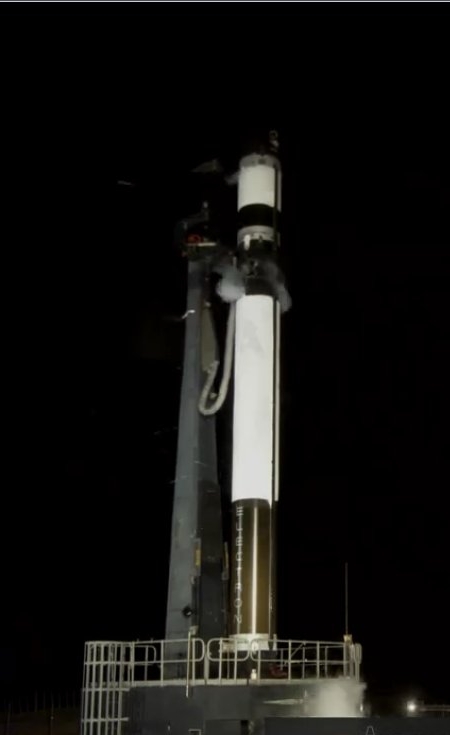Trump official skeptical of point-to-point suborbital transportation
During the FAA’s annual commercial space conference, the executive secretary for Trump’s National Space Council, Scott Pace, expressed strong skepticism about plans by some companies to develop point-to-point transportation using suborbital spacecraft.
“I still see that as somewhat speculative and somewhat over the horizon,” he said. “I see us working right now on trying to get the suborbital market up, running and sort of stabilized. I think people look forward to the possibility of point-to-point passenger and cargo travel, but right now just getting routine suborbital access to space and pushing hard on the unmanned hypersonic and military applications is where the action is.”
“Maybe it’s not too soon to think about,” he added, “but I still think that’s a bit farther out until I see how the initial market settles out.”
In this context Pace noted his primary focus was in helping Virgin Galactic and Blue Origin get their space tourism businesses off the ground. Virgin Galactic has been making noises that it wants to do point-to-point transportation as well. His skepticism of this is actually quite realistic, since Virgin Galactic has not even completed its first commercial tourism flight and its rocket and spacecraft are underpowered as well.
If Pace’s skepticism is however aimed at SpaceX’s Starship plans to do point-to-point transportation, he is exhibiting a typical Washington bureaucrat’s timidity about new technology.
Meanwhile, Virgin Galactic has gotten a contract from NASA to train private astronauts. To my mind this is NASA’s attempt to keep this company above water, as it certainly isn’t the most qualified to do this kind of training. If I wanted training for going on a private space mission, SpaceX and Boeing would be better places to get that preparation.
The deal however has done wonders for Virgin Galactic’s stock, causing it to rise almost 16% yesterday following the announcement of this contract. Great timing for Richard Branson, who by coincidence just happens to be trying to sell some of his stock at this moment.
During the FAA’s annual commercial space conference, the executive secretary for Trump’s National Space Council, Scott Pace, expressed strong skepticism about plans by some companies to develop point-to-point transportation using suborbital spacecraft.
“I still see that as somewhat speculative and somewhat over the horizon,” he said. “I see us working right now on trying to get the suborbital market up, running and sort of stabilized. I think people look forward to the possibility of point-to-point passenger and cargo travel, but right now just getting routine suborbital access to space and pushing hard on the unmanned hypersonic and military applications is where the action is.”
“Maybe it’s not too soon to think about,” he added, “but I still think that’s a bit farther out until I see how the initial market settles out.”
In this context Pace noted his primary focus was in helping Virgin Galactic and Blue Origin get their space tourism businesses off the ground. Virgin Galactic has been making noises that it wants to do point-to-point transportation as well. His skepticism of this is actually quite realistic, since Virgin Galactic has not even completed its first commercial tourism flight and its rocket and spacecraft are underpowered as well.
If Pace’s skepticism is however aimed at SpaceX’s Starship plans to do point-to-point transportation, he is exhibiting a typical Washington bureaucrat’s timidity about new technology.
Meanwhile, Virgin Galactic has gotten a contract from NASA to train private astronauts. To my mind this is NASA’s attempt to keep this company above water, as it certainly isn’t the most qualified to do this kind of training. If I wanted training for going on a private space mission, SpaceX and Boeing would be better places to get that preparation.
The deal however has done wonders for Virgin Galactic’s stock, causing it to rise almost 16% yesterday following the announcement of this contract. Great timing for Richard Branson, who by coincidence just happens to be trying to sell some of his stock at this moment.



